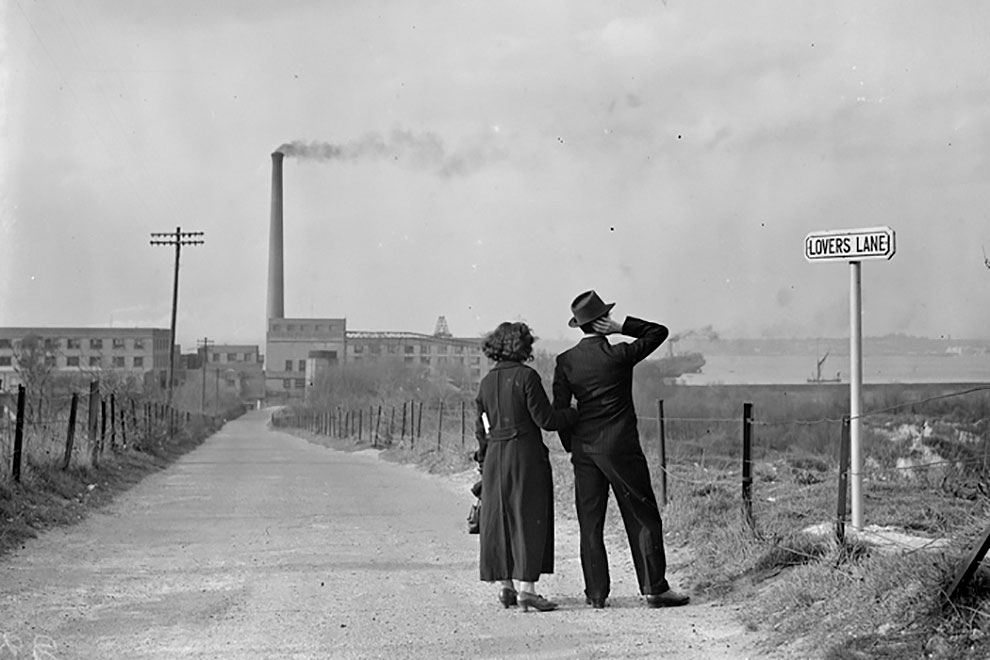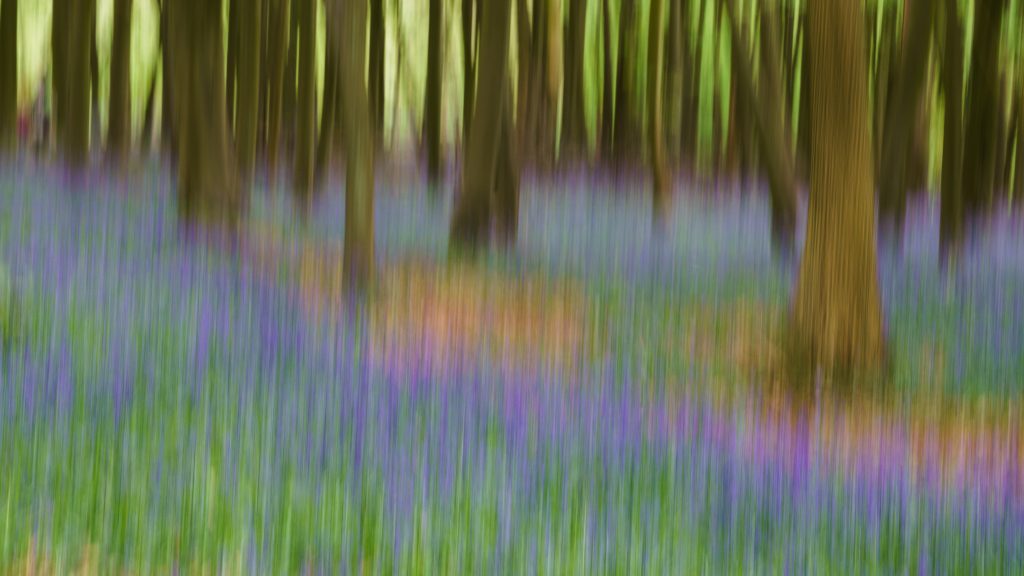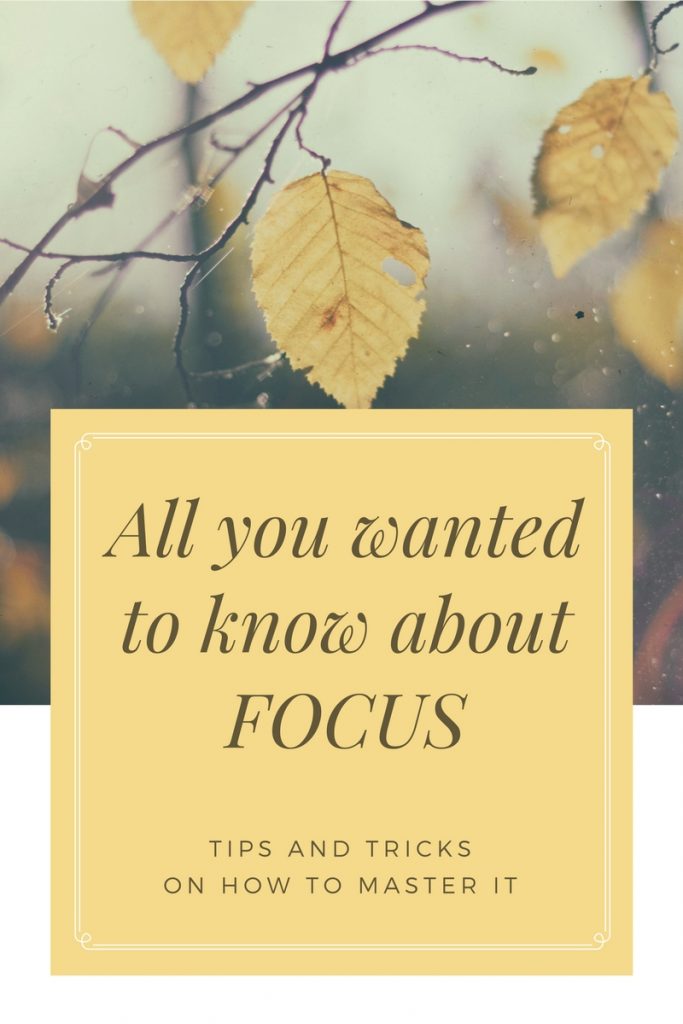
“Lovers Lane” by John Topham, 1938
Europeana Collections has made available a free online gallery with an archive of more than 2 million photos. Photography enthusiasts, students and academics are invited to explore over 2 million historical images from more than 50 institutions across 34 countries, including photographs by pioneers like Julia Margaret Cameron, Eadweard Muybridge and Louis Daguerre.


